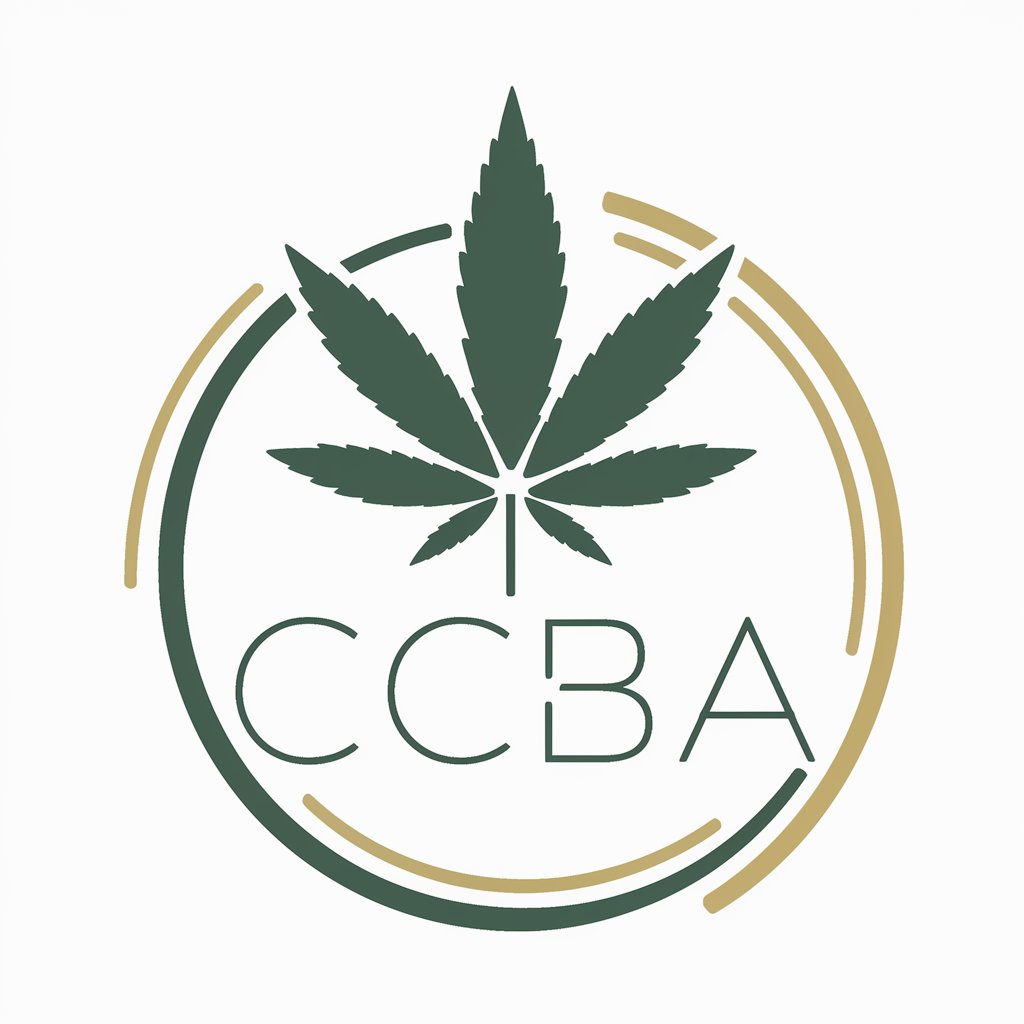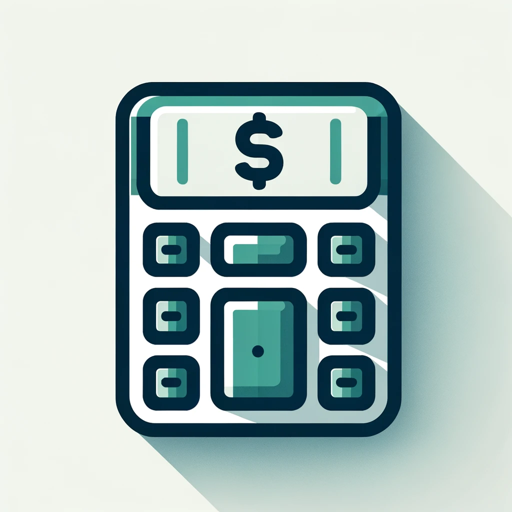Rubber - Rubber Insights and Applications
Hello! Ask me anything about rubber, its properties, or uses.
Empowering Rubber Innovation with AI
Tell me about natural rubber.
What are the uses of synthetic rubber?
Explain the chemical structure of rubber.
How is rubber processed for industrial use?
Get Embed Code
Introduction to Rubber
Rubber, in the context of this GPT's specialization, refers not to a software entity but to a material with versatile applications in various industries. Rubber, both natural and synthetic, possesses unique properties such as elasticity, durability, and resistance to water and chemicals, making it indispensable in manufacturing and engineering. Natural rubber is derived from the latex of rubber trees, primarily Hevea brasiliensis, through processes such as tapping, coagulation, and drying. Synthetic rubber, on the other hand, is produced through chemical synthesis, offering customized properties for specific applications. Examples of rubber usage include automotive tires, which utilize its elasticity and durability for grip and wear resistance, and medical gloves, which exploit its barrier properties and flexibility. Powered by ChatGPT-4o。

Main Functions of Rubber
Elasticity
Example
Elastic bands
Scenario
Rubber's elasticity makes it ideal for products that require stretching and returning to their original shape, such as elastic bands used in packaging or as office supplies.
Sealing and Insulation
Example
Weatherstripping and electrical insulation
Scenario
The material's ability to form tight seals and its electrical insulation properties make it suitable for weatherstripping in construction, preventing air and moisture ingress, and for insulating wires and cables in electrical applications.
Vibration Damping
Example
Engine mounts
Scenario
Rubber's capacity to absorb vibrations is applied in automotive engine mounts, where it mitigates vibrations between the engine and chassis, improving vehicle comfort and longevity.
Water and Chemical Resistance
Example
Protective gloves and hoses
Scenario
The resistance of rubber to water and various chemicals makes it the material of choice for protective gloves in medical, chemical processing, and cleaning applications, as well as hoses that convey fluids without degradation.
Ideal Users of Rubber Services
Manufacturers and Engineers
Professionals in manufacturing and engineering sectors, especially automotive, aerospace, construction, and medical industries, benefit from rubber's diverse properties for creating components like tires, seals, and vibration dampening systems.
Product Designers
Designers focusing on consumer goods, office supplies, sports equipment, and wearables utilize rubber for its flexibility, durability, and tactile qualities, enabling innovative and functional product designs.
Researchers and Material Scientists
This group benefits from understanding the chemical composition and physical properties of rubber, exploring its applications, and developing new types of synthetic rubber with enhanced properties for advanced technological applications.

How to Utilize This Tool
Begin with a Free Trial
Start your journey by accessing a free trial at yeschat.ai, no signup or ChatGPT Plus subscription required.
Identify Your Needs
Determine the specific rubber-related information you need, whether it's about its properties, applications, or types.
Utilize the Search Function
Use the tool's search function to find articles, papers, or data relevant to your rubber queries.
Apply the Information
Apply the gathered information to your specific project or research, such as material selection for manufacturing or academic purposes.
Experiment and Innovate
Use the insights gained to experiment with rubber in new applications or improve existing processes.
Try other advanced and practical GPTs
Industrial Waste
Transforming waste into opportunity with AI

Mortgage
Empowering your home buying journey with AI

Mobile Home Mortgage Calculator
AI-powered mortgage clarity for mobile homes

Happy Home
Empower Your Home Care with AI

Home Alone Helper
Empowering Independence with AI

Home Hue Decorator
Revolutionize your space with AI-powered decor

Fan Expert
Streamlining Fan Selection with AI

CCSBA Cannabis GPT
Empowering Cannabis Knowledge with AI

業界アナリスト
Deciphering Industry Dynamics with AI

Website Worth Calculator - Check Website Value
AI-powered insight into website value

Industry Connector
Networking Powered by AI

Canadian Cannabis Consultant
Navigate Cannabis Compliance with AI

Detailed Q&A About Rubber
What are the main types of rubber?
The main types of rubber are natural rubber, derived from the latex of rubber trees, and synthetic rubber, produced through chemical processes. Synthetic types include styrene-butadiene rubber (SBR), nitrile rubber (NBR), and ethylene propylene diene monomer (EPDM), each with distinct properties for various applications.
How is rubber processed for use in manufacturing?
Rubber processing typically involves mastication to soften the rubber, mixing with additives for desired properties, shaping through extrusion or molding, and curing (vulcanization) to enhance elasticity and strength. This process varies based on the type of rubber and the intended application.
What are the environmental impacts of rubber production?
Rubber production impacts the environment through deforestation for natural rubber plantations, which affects biodiversity and carbon sequestration. Synthetic rubber manufacturing involves petroleum and releases CO2. Efforts to mitigate these impacts include sustainable sourcing, recycling rubber products, and researching bio-based alternatives.
Can rubber be recycled, and if so, how?
Yes, rubber can be recycled. Methods include mechanical grinding to produce rubber crumbs for surfaces or new products, devulcanization to break sulfur bonds for reprocessing, and pyrolysis to decompose rubber into oil and gas. Recycling reduces waste and conserves resources.
What are the latest advancements in rubber technology?
Recent advancements in rubber technology include the development of bio-based rubbers, improvements in rubber recycling techniques, and the creation of smart rubbers with self-healing or shape-memory properties. These innovations aim to improve sustainability, performance, and the range of applications for rubber.
